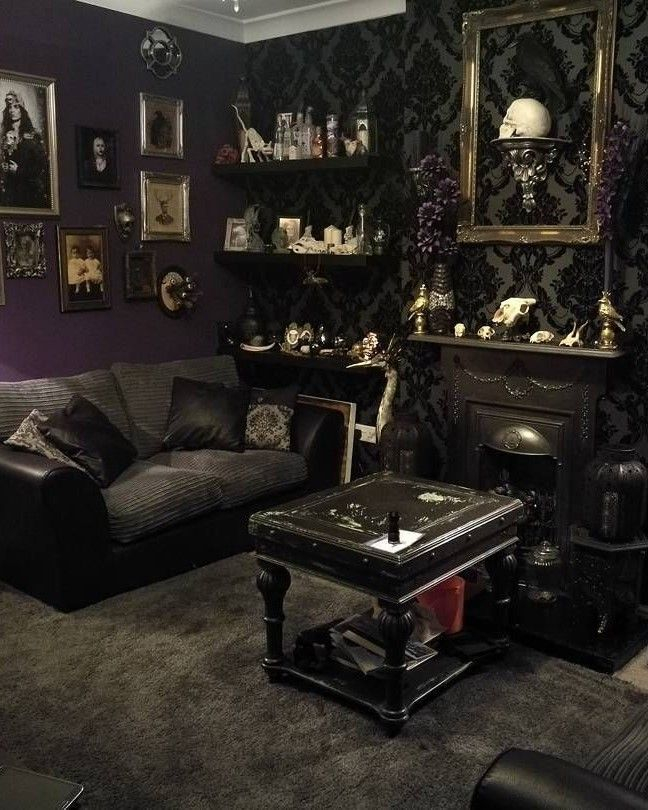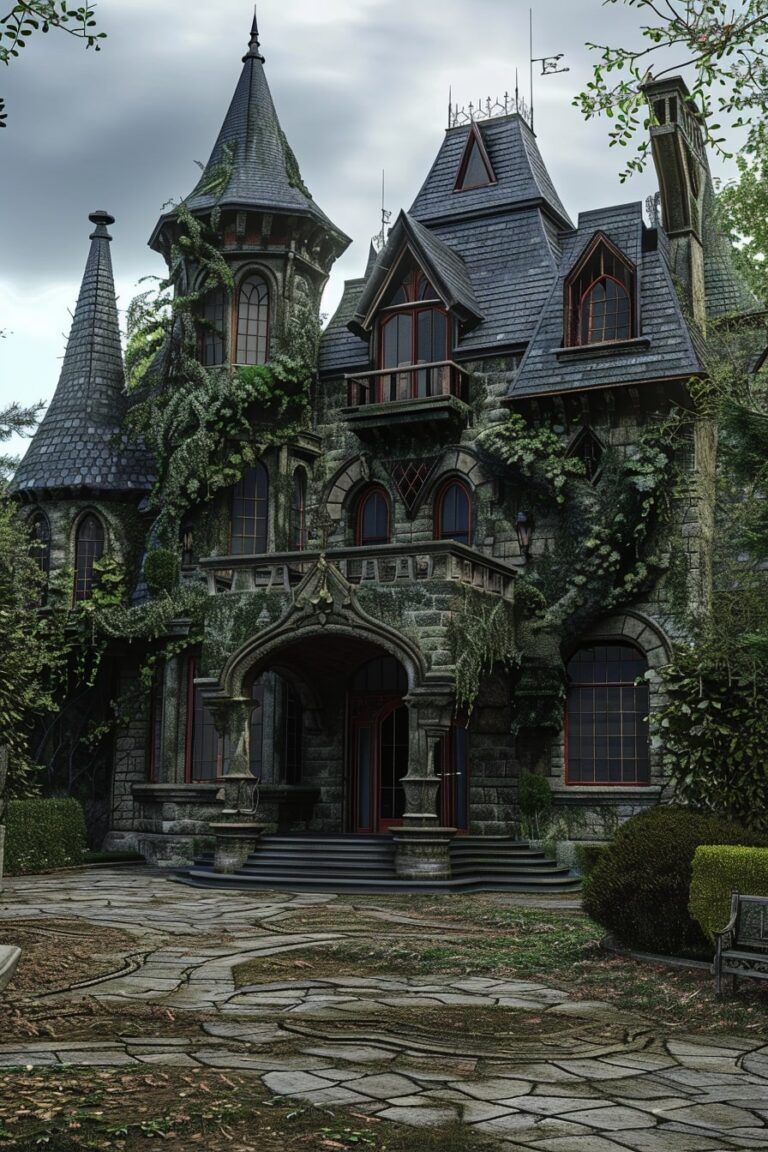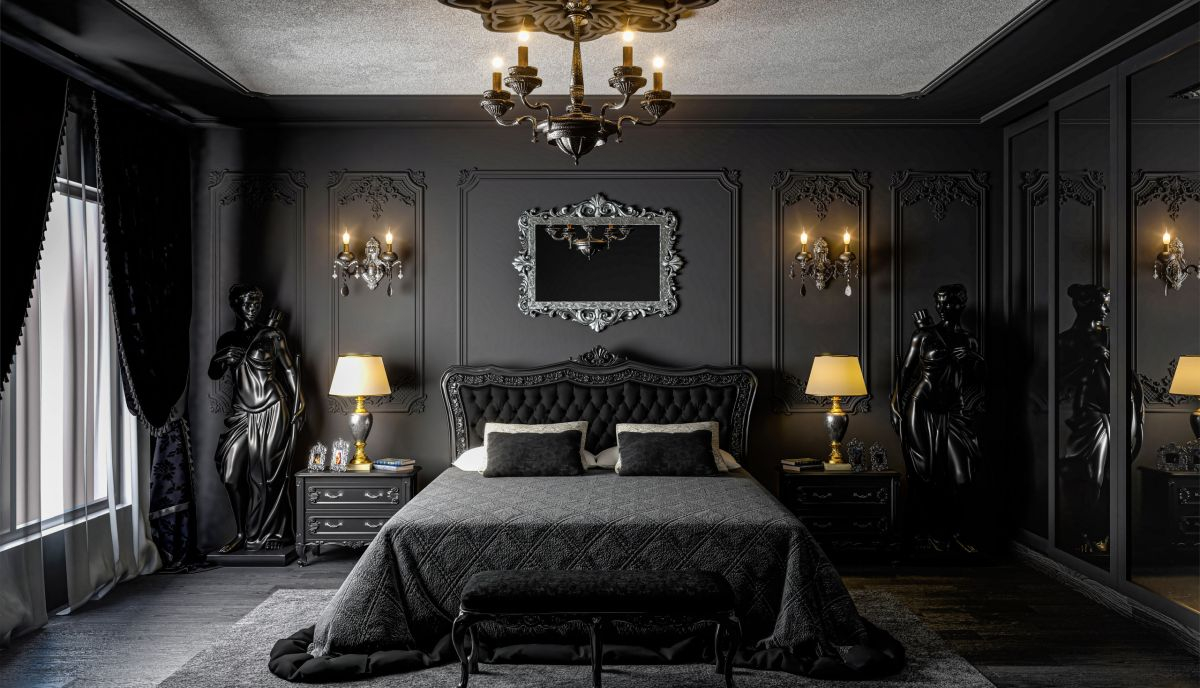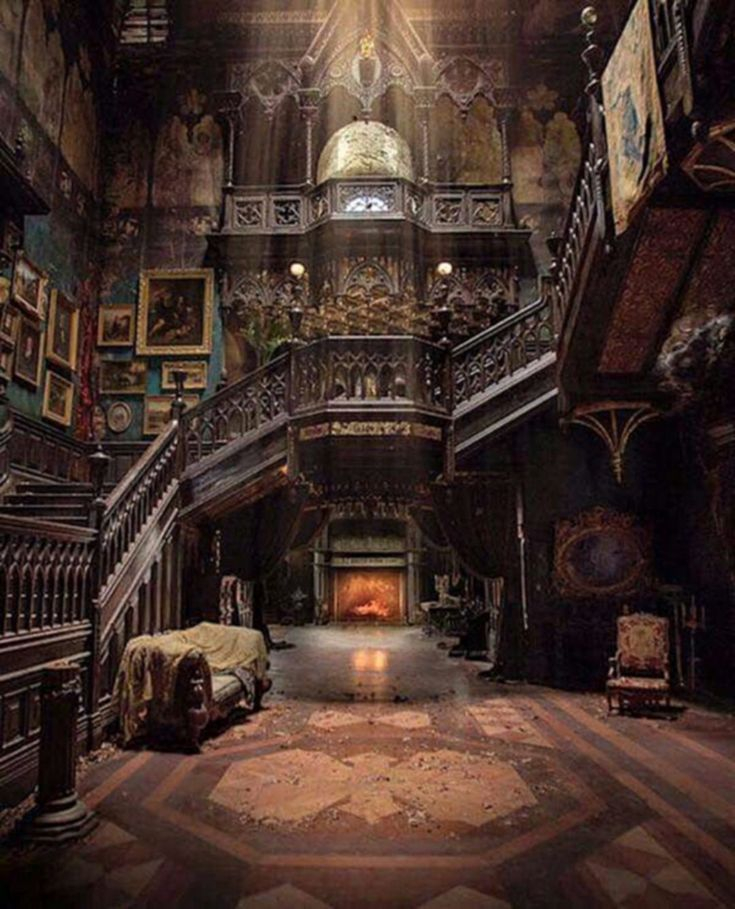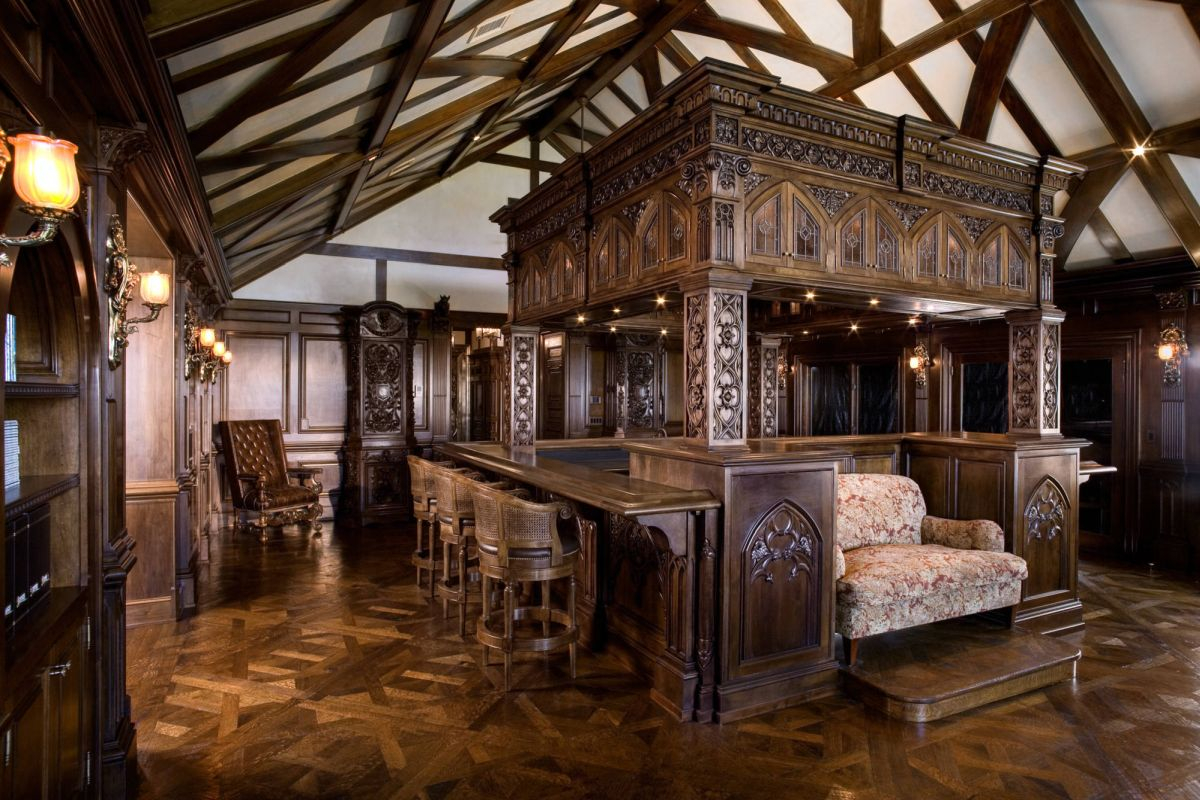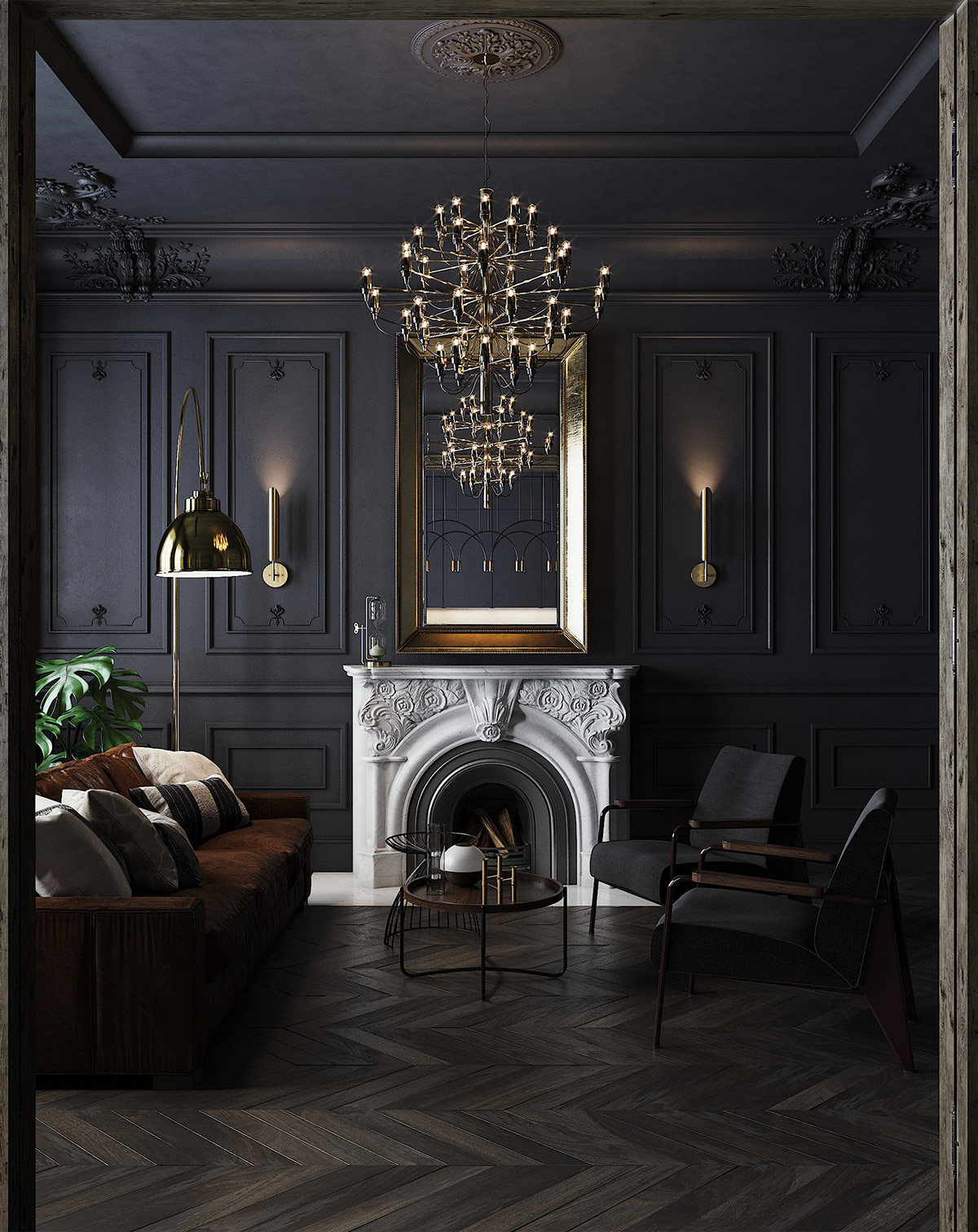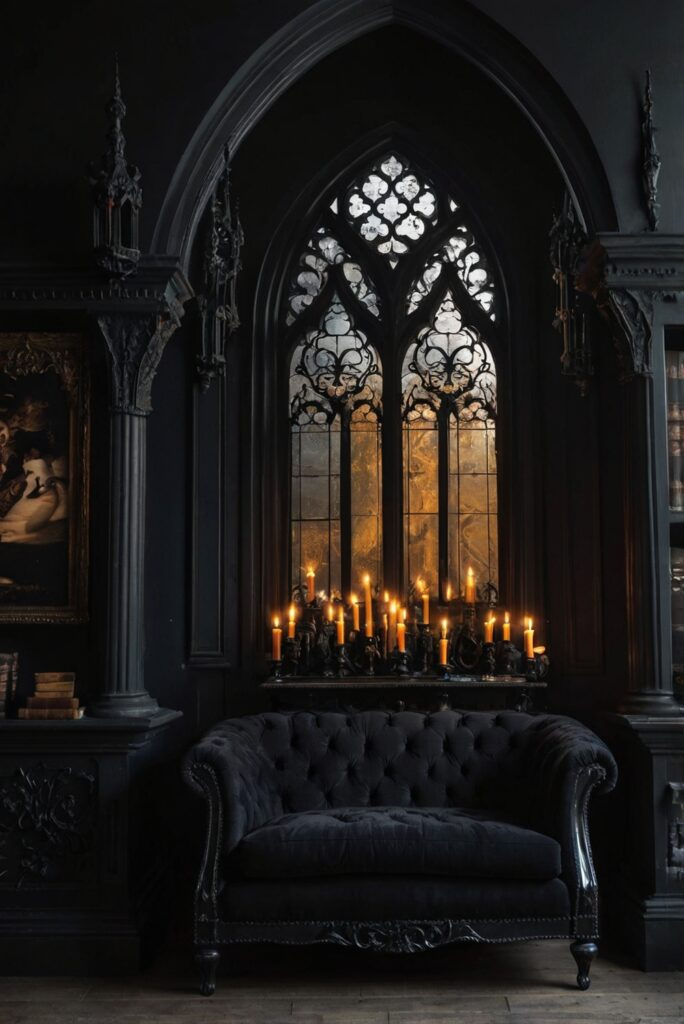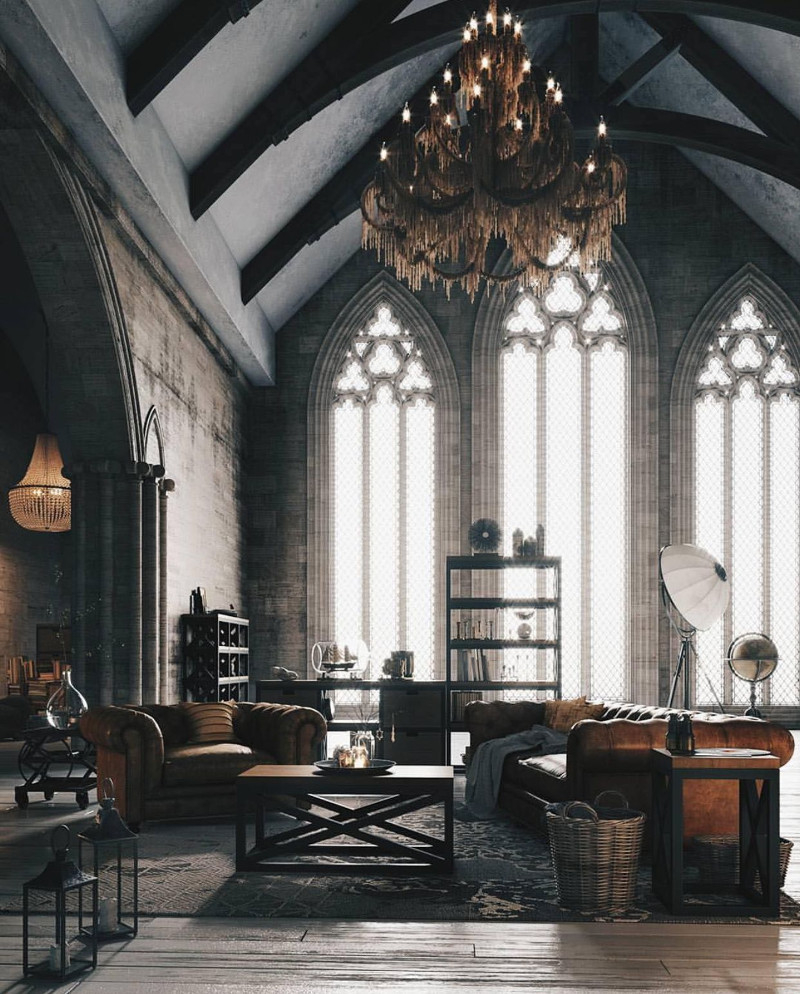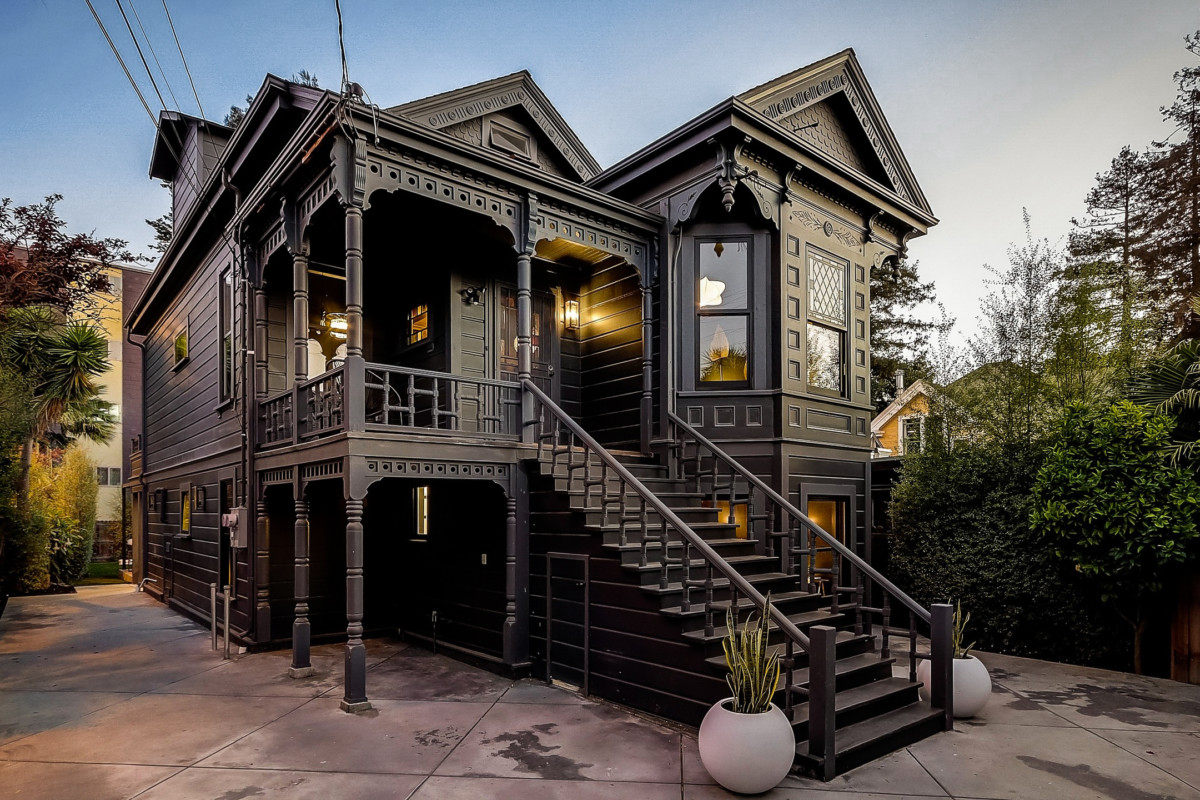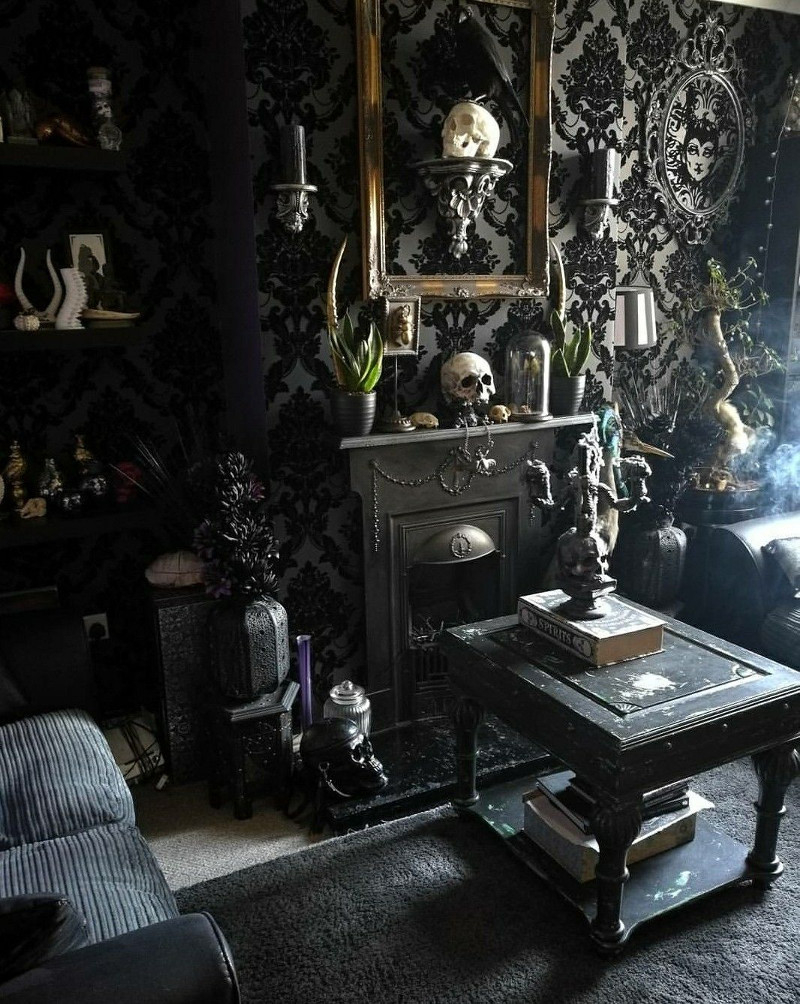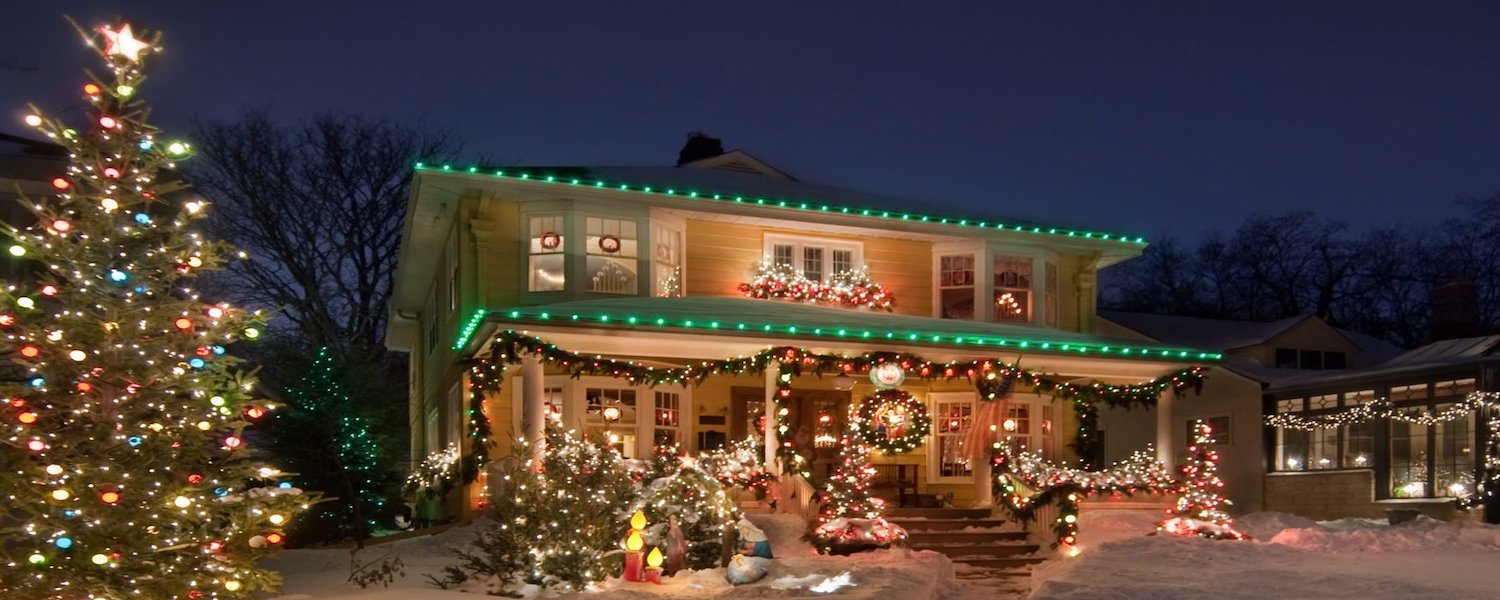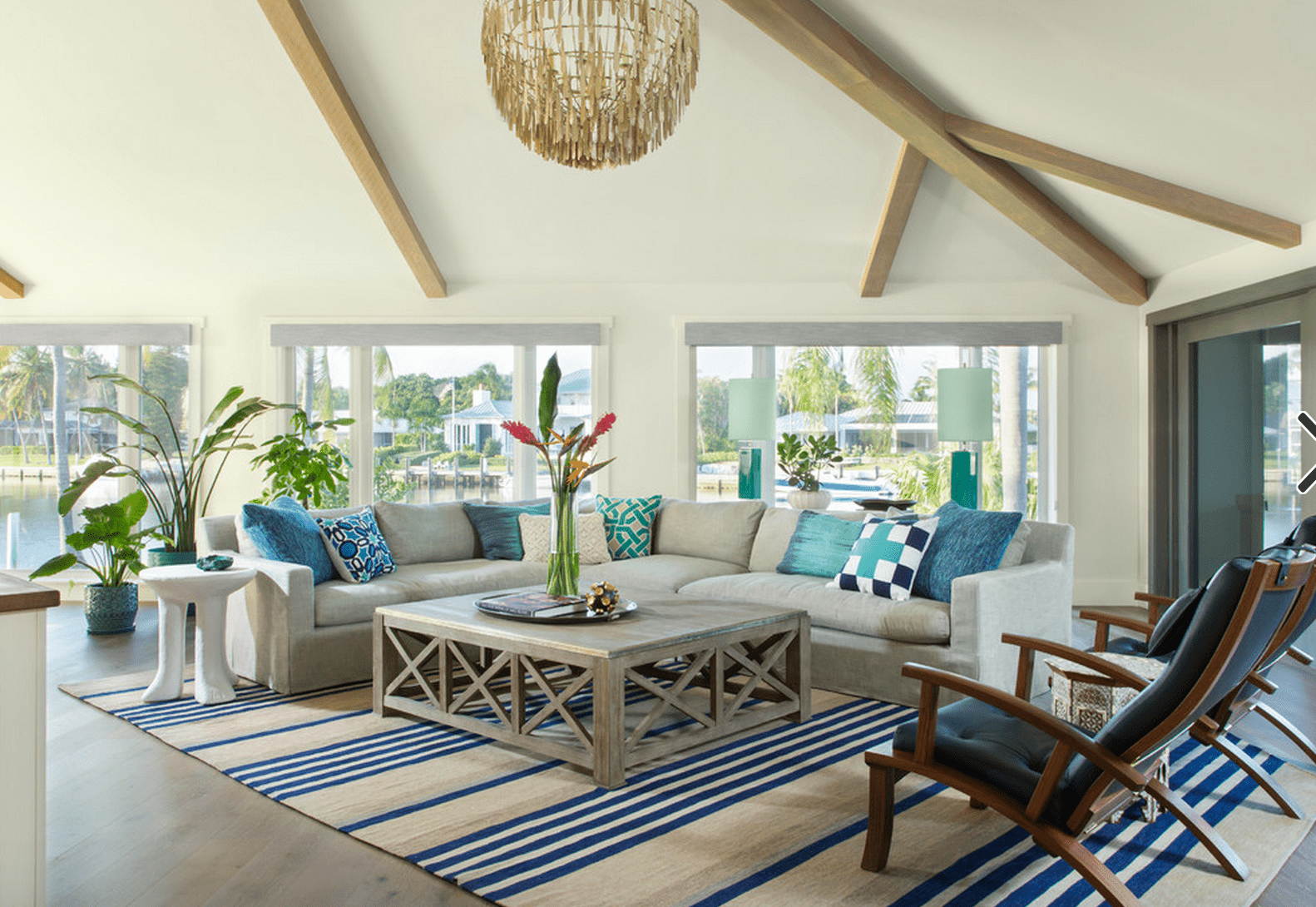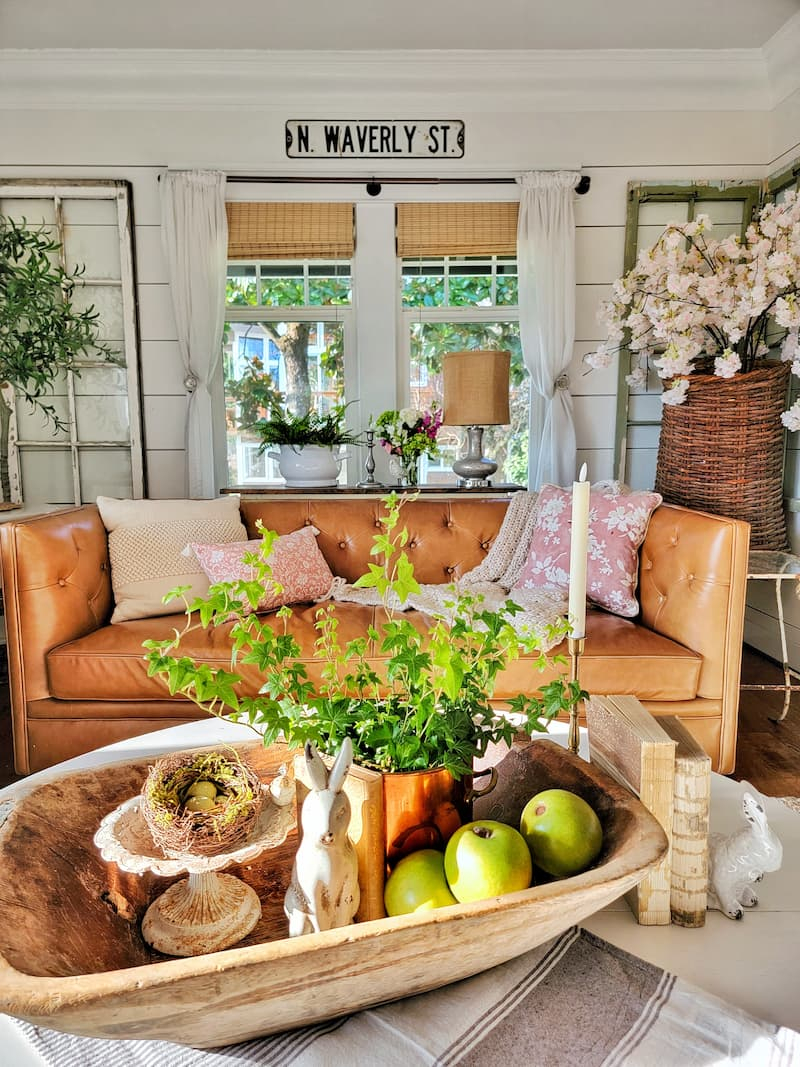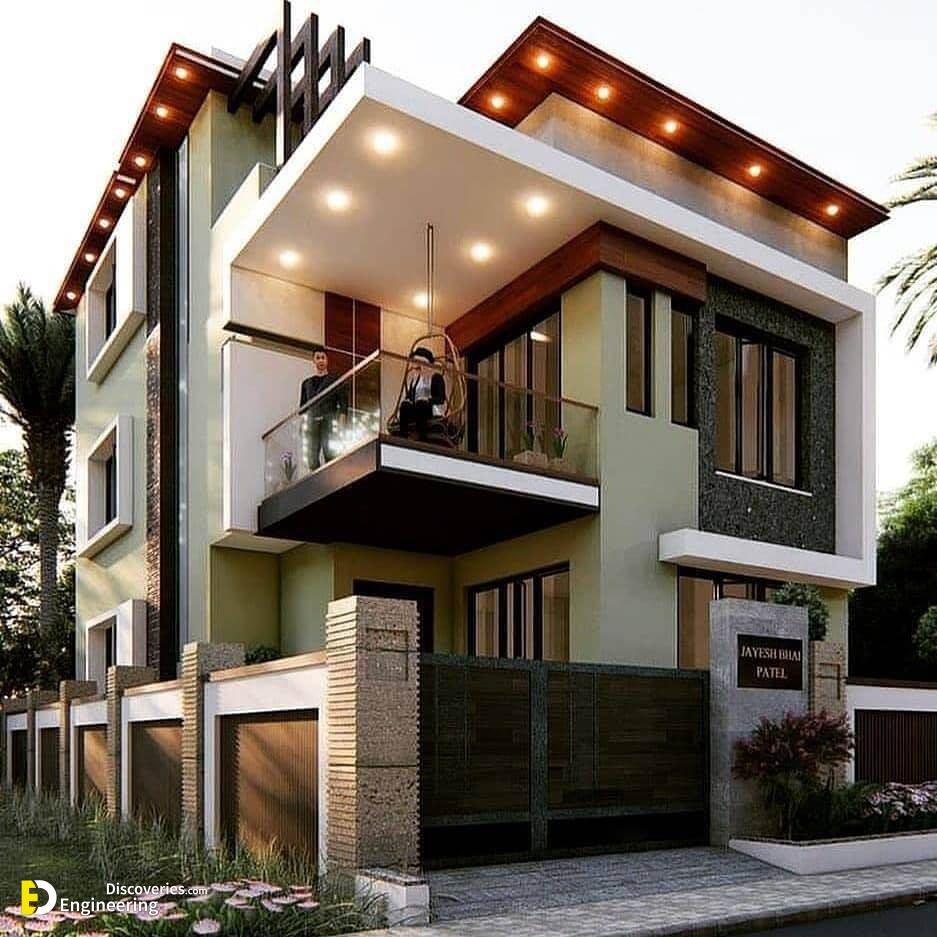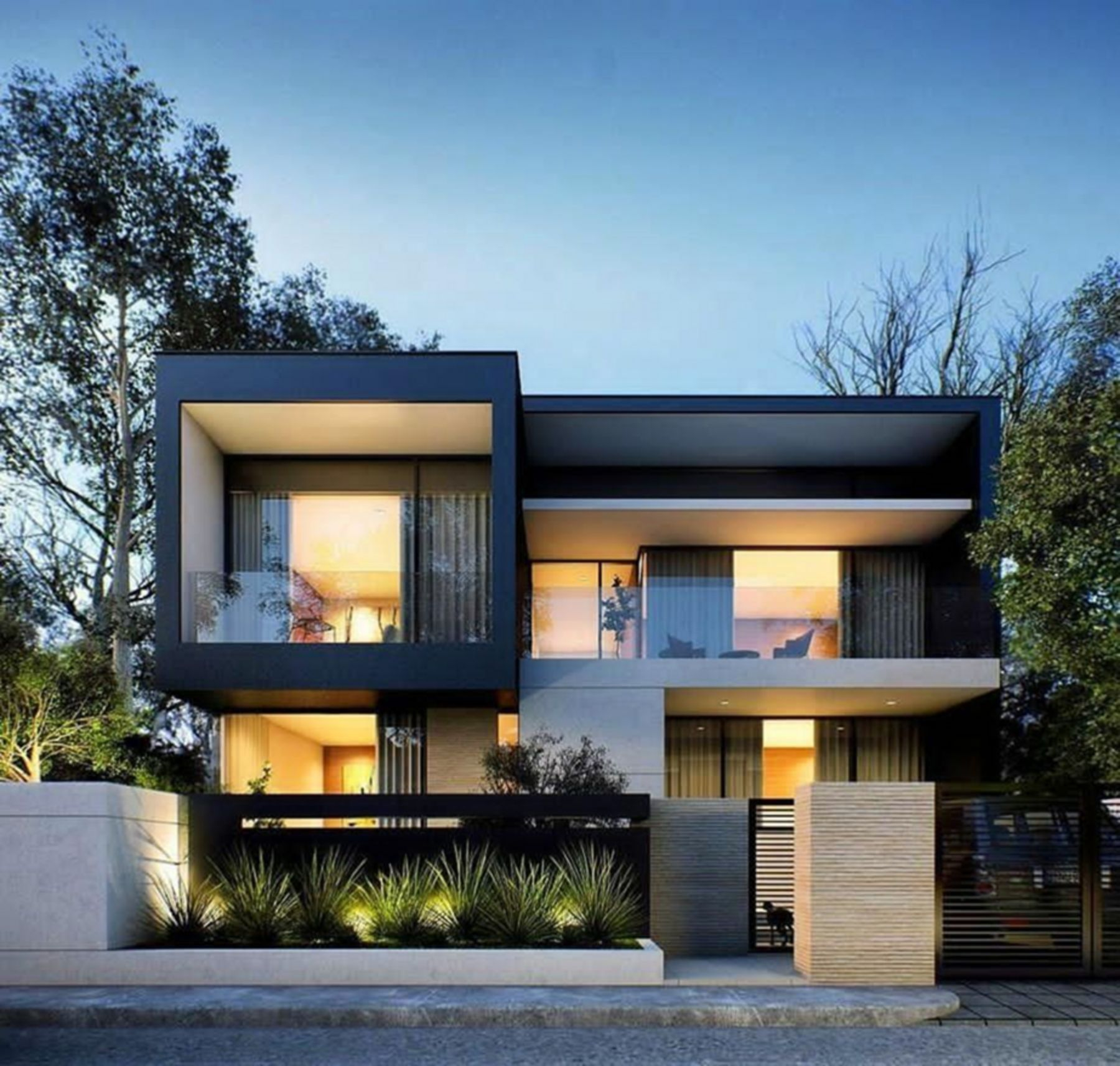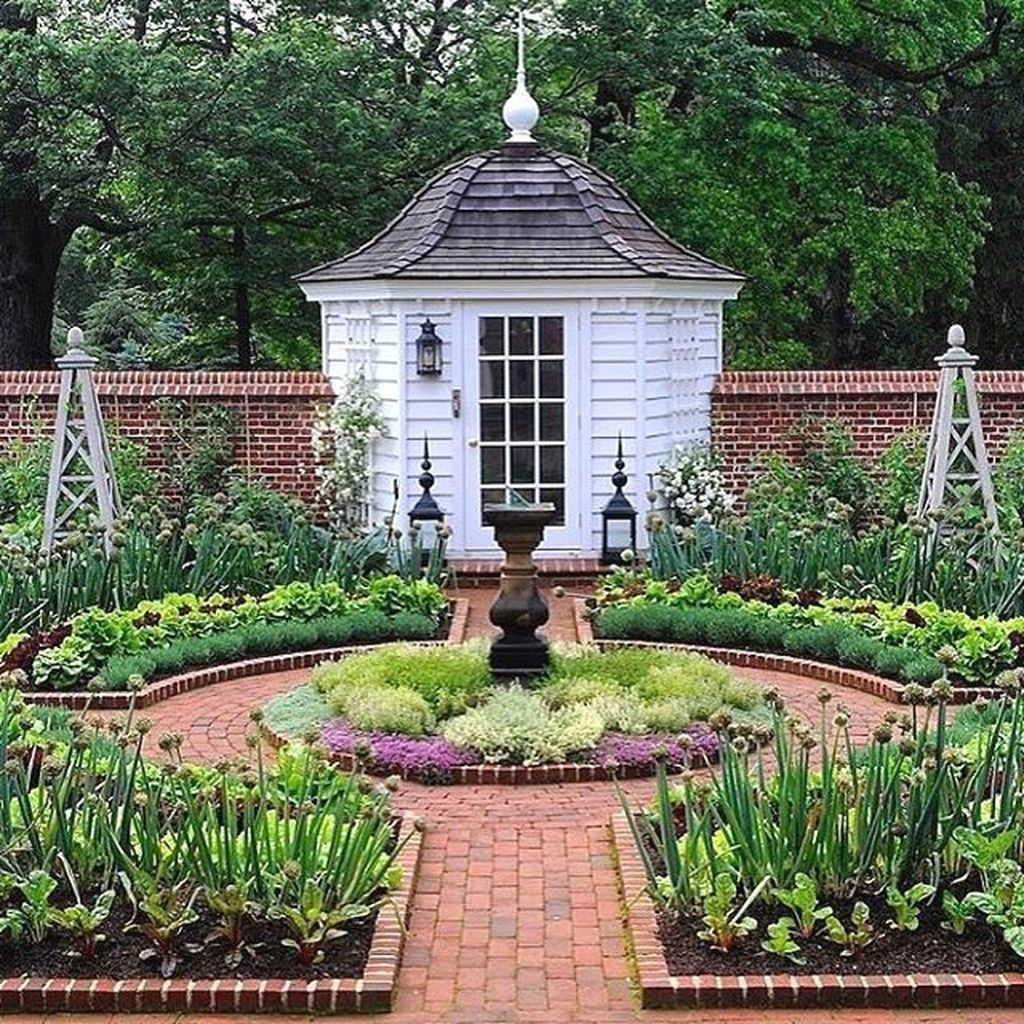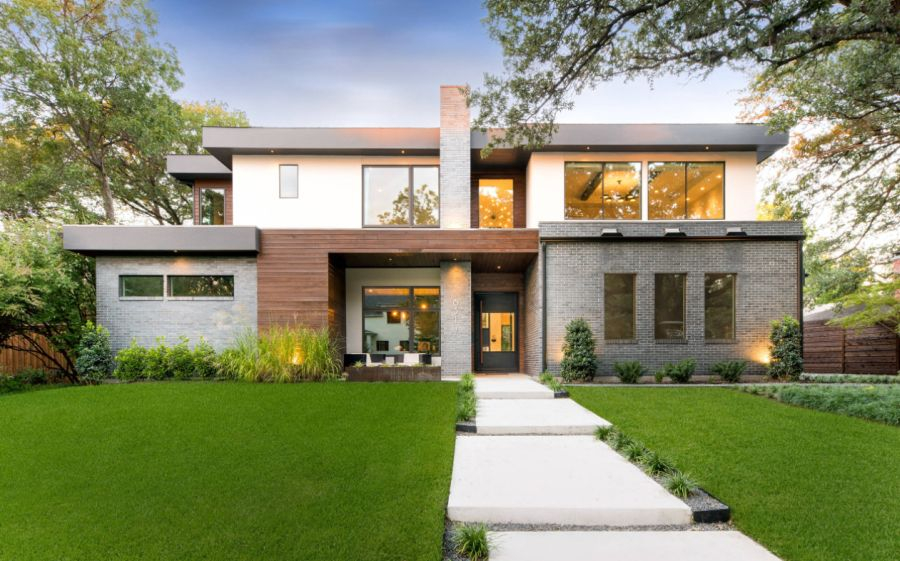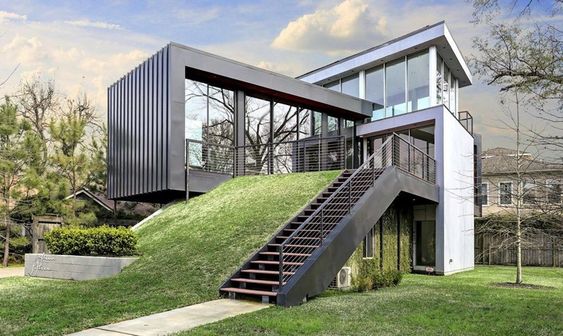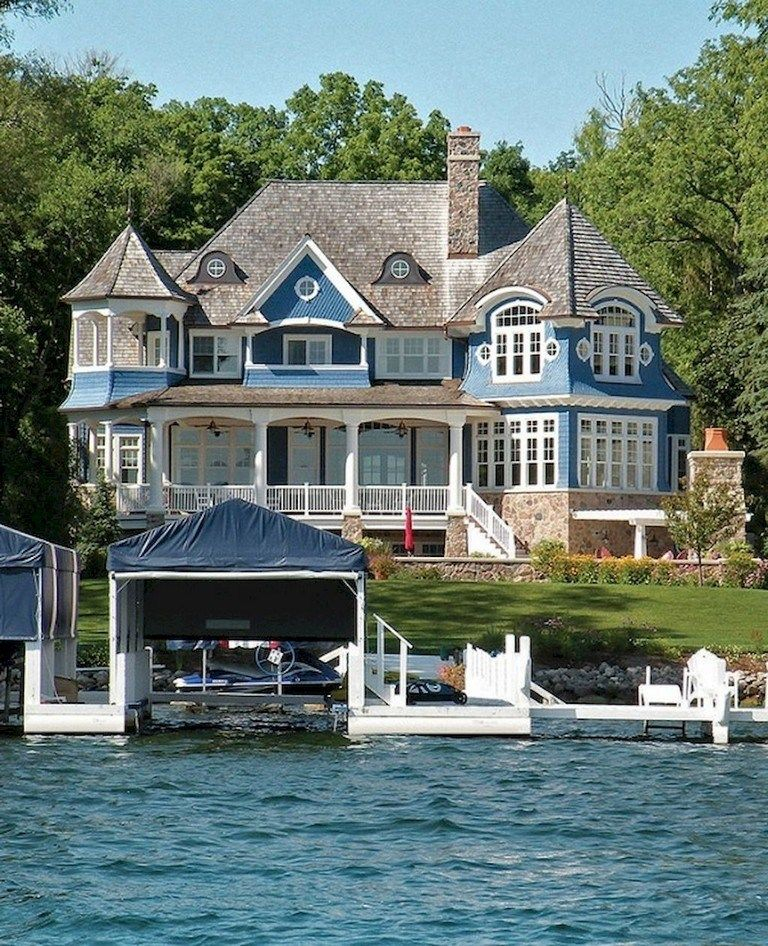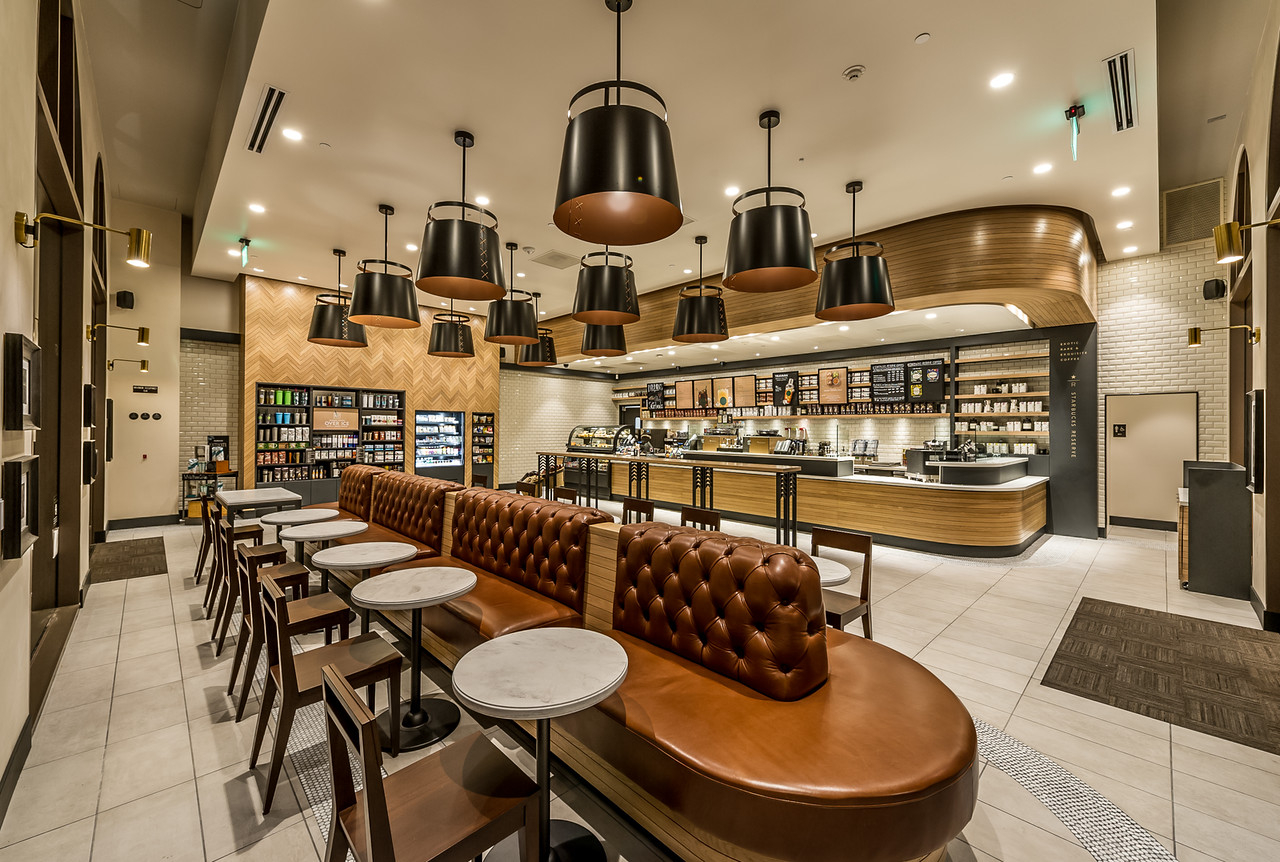Have you ever felt a pull towards the dramatic, the historical, the uniquely atmospheric? There’s a reason Gothic architecture continues to captivate us, even when translated into the comfort of our homes. It’s more than just pointed arches and stained glass; it’s an entire mood, a narrative whispered through stone and shadow. Let’s delve into what makes Gothic home design so special and how you can bring a piece of that timeless magic into your own living space.
Gothic design, often associated with grand cathedrals and medieval castles, has a fascinating history that’s seeped into residential architecture, creating homes that are both imposing and incredibly inviting. Think of those dramatic silhouettes against a twilight sky, the intricate details that tell stories of centuries past. It’s a style that speaks of permanence, of a certain romantic drama, and a deep appreciation for craftsmanship. But how did this ecclesiastical and aristocratic style find its way into the homes of everyday people, and what are the core principles that define it? We’re going to unpack that, looking at everything from the defining architectural features to the interior mood it cultivates. It’s a style that’s not for the faint of heart, but for those who embrace its depth, it offers unparalleled character.
The Roots of Grandeur: Historical Gothic
Gothic architecture truly flourished in Europe during the High and Late Middle Ages. Its birth is often traced back to the 12th century in France, with structures like the Basilica of Saint-Denis. What set it apart from the earlier Romanesque style was its emphasis on height and light. Think of those soaring ceilings that seem to reach for the heavens. Key elements like the pointed arch, the ribbed vault, and the flying buttress were revolutionary. They allowed builders to construct taller, more expansive buildings with thinner walls, and crucially, to incorporate vast windows. These windows, often filled with stunning stained glass depicting biblical scenes, flooded the interiors with colored light, creating an ethereal, almost otherworldly atmosphere. This was a deliberate design choice, meant to elevate the spirit and bring the divine closer. When this sensibility moved into domestic architecture, it adapted these grand ideas into more manageable, though no less impactful, forms. You’ll see these influences in the shape of windows, the pitch of roofs, and the overall sense of verticality.
Key Architectural Features in Gothic Homes
Translating the grandeur of cathedrals to residential spaces means focusing on specific, recognizable elements. One of the most prominent is the pointed arch, which you’ll often see in doorways, windows, and even decorative elements. It gives a sense of upward movement and elegance. Then there are the steeply pitched roofs, often with prominent gables, adding to that vertical emphasis. Look for decorative tracery, which is the ornamental stonework found in the upper parts of Gothic windows – this intricate, lace-like pattern can be replicated in wood or other materials for a softer feel. Battlements or crenellations, those notched parapets, might also appear, lending a castle-like air. Even dormer windows often adopt a pointed or arched shape. Think about materials too: stone, dark wood, and wrought iron are common, contributing to the robust and enduring feel of the style. These features, when combined, create a distinct silhouette and a palpable sense of history.
The Gothic Interior: Mood and Materials
Stepping inside a Gothic-inspired home is an experience in itself. The mood is often one of cozy drama and sophisticated comfort. Dark, rich wood is a staple, appearing in heavy beams, paneling, and furniture. Think of oak, walnut, or mahogany with deep, lustrous finishes. The color palette tends towards deep, saturated hues: jewel tones like emerald green, sapphire blue, ruby red, and amethyst purple, often complemented by black, charcoal grey, and deep burgundy. Don’t shy away from textures either. Velvets, brocades, and damasks add a layer of opulence and warmth, perfect for upholstery and drapery. Lighting is crucial; it’s often kept subdued, with strategically placed lamps and chandeliers casting pools of warm light. This creates intimate nooks and highlights architectural details. Think of candelabras or wrought-iron fixtures that echo the exterior elements. Even modern interpretations often feature heavy, ornate furniture and rich textiles.
Embracing the Gothic Palette and Furnishings
When decorating, consider the Gothic color scheme. Deep, moody colors are your best friends. Imagine walls in a rich plum, a forest green, or a deep indigo. These hues create a sense of enclosure and sophistication. For furniture, look for pieces with weight and character. Dark wood is paramount, whether it’s a heavy oak dining table, a carved chest, or a beautifully upholstered armchair in a deep velvet. Furniture often features intricate carvings, perhaps with motifs like quatrefoils, trefoils, or stylized foliage. Upholstery can be quite luxurious; think of deep buttoning or rich, patterned fabrics. Even smaller accents matter. Wrought-iron details, such as candle holders, hardware, or decorative screens, can reinforce the aesthetic. Consider incorporating antique or vintage pieces to add authenticity and a sense of lived history. It’s about creating a layered, textured look that feels both grand and personal.
Modern Gothic: A Contemporary Twist
Gothic design isn’t confined to historical reenactments. Many contemporary homes successfully incorporate Gothic elements in a more subtle, updated way. This might involve focusing on a few key architectural features, like a dramatic pointed-arch window or a steeply pitched roofline, combined with a more minimalist interior. Alternatively, a modern Gothic space might embrace the dark, moody color palette and rich textures but with cleaner lines and less ornamentation. Think of a sleek, dark kitchen with minimalist cabinetry and a statement Gothic-inspired pendant light. Or perhaps a living room with deep, jewel-toned walls, comfortable modern furniture, and a few carefully chosen antique pieces or Gothic-style decorative objects. It’s about balancing the dramatic with the functional, the historical with the current. Many designers also play with scale, using Gothic motifs in smaller, more digestible ways, like patterned wallpaper or decorative hardware. The goal is to evoke the atmosphere without overwhelming the space. It’s a sophisticated way to appreciate this enduring style.
Bringing Gothic Charm into Your Home: Practical Tips
Ready to infuse your own space with some Gothic magic? You don’t need a medieval castle to do it. Start small. Consider painting an accent wall in a deep, dramatic color like charcoal grey or deep teal. Swap out standard light fixtures for something with a bit more drama – perhaps a wrought-iron chandelier or sconces with a vintage feel. Introduce rich textiles through throw pillows or a luxurious velvet throw. If you’re feeling more adventurous, look for furniture with Gothic-inspired details, like a carved wood mirror or a dark wood side table. For windows, consider adding heavier, darker drapes in materials like velvet or brocade. Even small touches like antique-inspired hardware on cabinets or doors can make a difference. If you have existing architectural features like arched doorways, highlight them. The key is to be intentional and select elements that resonate with you, creating a space that feels both personal and timelessly atmospheric. It’s about capturing that spirit of dramatic elegance.
Gothic home design offers a unique blend of history, drama, and cozy sophistication. It’s a style that encourages us to embrace depth, texture, and a touch of the mysterious. Whether you’re drawn to the bold architectural statements of historical Gothic or the more understated, contemporary interpretations, there are countless ways to weave its timeless charm into your living space. By understanding its core elements – from pointed arches and rich wood to deep color palettes and luxurious textiles – you can create a home that feels both grounded in history and uniquely captivating. It’s a journey into a world of enduring beauty and atmospheric elegance, proving that some styles truly do stand the test of time. So, go ahead, let the drama and the depth of Gothic design inspire your next home project. You might just find yourself enchanted.

